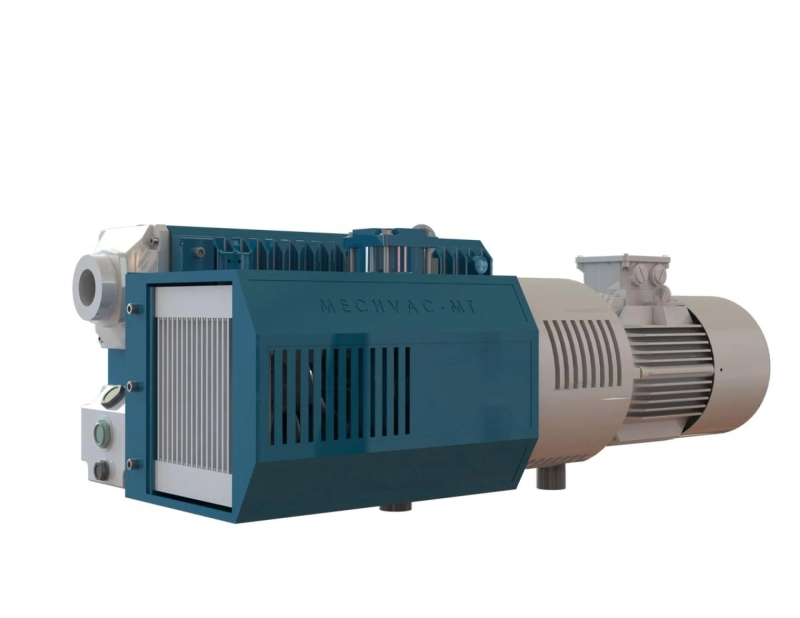As we step deeper into 2025, industrial vacuum technology is undergoing a major transformation. Once seen as simple utility equipment, vacuum systems are now becoming smarter, more energy-efficient, and increasingly tailored to meet the demands of high-precision industries. These innovations are not only redefining performance but also unlocking new levels of productivity and reliability for manufacturers worldwide.
In this blog, we explore the key changes reshaping industrial vacuum solutions in 2025.
1. Smarter Systems with IoT Integration
One of the most significant shifts is the rise of smart vacuum pumps equipped with IoT (Internet of Things) capabilities. These systems now feature real-time monitoring, predictive maintenance alerts, and remote diagnostics. By continuously tracking pressure levels, motor performance, and oil conditions, they reduce the risk of unexpected breakdowns and allow operators to make data-driven decisions.
Key benefit: Increased uptime and reduced maintenance costs.
2. Energy Efficiency Takes the Spotlight
With growing pressure to meet sustainability goals, manufacturers are seeking vacuum systems that consume less power without sacrificing performance. The latest models in 2025 come with variable frequency drives (VFDs), automatic load adjustments, and low-friction components to minimize energy usage. In some systems, energy savings of up to 50% have been reported compared to older generations.
Key benefit: Lower operational costs and a greener footprint.
3. Modular & Scalable Designs
Industrial vacuum needs vary widely across sectors — from packaging to pharmaceuticals. To address this, new solutions are increasingly modular, allowing businesses to scale their vacuum capacity as operations grow. These systems offer plug-and-play expandability, making it easier to upgrade without replacing the entire setup.
Key benefit: Flexibility to adapt to production changes.
4. Oil-Free Technology Gets a Boost
While oil-lubricated pumps remain popular for heavy-duty use, 2025 is seeing a surge in demand for oil-free (dry) vacuum systems, especially in sensitive industries like food processing and medical device manufacturing. The latest dry pumps offer excellent vacuum levels, lower contamination risk, and require less frequent maintenance — thanks to advancements in materials and design.
Key benefit: Cleaner processes and lower environmental risk.
5. Noise and Heat Reduction Innovations
Modern facilities are focusing more on operator comfort and machine safety. That’s why newer vacuum systems are being built with low-noise enclosures, efficient heat dissipation systems, and vibration-dampening structures. These improvements contribute to a better working environment and extend equipment lifespan.
Key benefit: Safer, quieter, and more durable vacuum units.
Final Thoughts
The industrial vacuum landscape in 2025 is more dynamic than ever. With innovations driven by digital technology, energy efficiency, and growing environmental awareness, vacuum systems are no longer just background equipment — they’re strategic tools that contribute directly to operational success.
Whether you're upgrading existing equipment or planning a new installation, understanding these trends will help you stay competitive in an evolving market.
Read More: https://www.addonbiz.com/listing/mechvac-technologies/


